Aglais io
(Linnaeus, 1758)
-
 Subfamily: Nymphalinae - Nymphalini
Subfamily: Nymphalinae - Nymphalini -
 Wingspan: 50-55 mm
Wingspan: 50-55 mm -
 Flight period: (Jan) May - Oct (Dec)
Flight period: (Jan) May - Oct (Dec) -
 Spread: Common
Spread: Common -
 Host plants: Urtica dioica, Urtica urens, Humulus lupulus
Host plants: Urtica dioica, Urtica urens, Humulus lupulus
Information
More commonly known as the Peacock butterfly, the Aglais io has a wingspan of 50 - 55 mm.
This colorful butterfly, found in Europe and temperate Asia as well as in the Far East such as Japan.
In Italy it is also present in the islands. ****
The base color of the wings is a rusty red, and at each wingtip it carries a
large black and blue ocello badge surrounded by yellow and white.
The underside is dark brown or black with various shades.
Previously classified as the only member of the genus Inachis (the name comes from Greek mythology, meaning Io, daughter of Inachus)
it is now classified as Aglais io , but many continue to refer to it as Inachis io as a synonym.
It must not be confused or classified with the "American peafowl" of the genus Anartia;
There are two subspecies, Aglais io - caucasica (Jachontov 1912) in Azerbaijan and Aglais io - geisha (Stichel 1908) in Japan
and the Russian Far East.
It can be found in forests, fields, meadows, pastures, parks and gardens, and from plains up to 2,500 meters of altitude.
It is a relatively common butterfly and can be seen in many European parks and gardens.
The male of Aglais io shows territorial behavior, in many cases territories are selected on the route of the females towards
the spawning sites.
Aglais io often overwinters in buildings or trees at the adult stage, and therefore often appears quite early in spring,
period of laying its eggs, in batches that can reach 400 eggs at a time.
The eggs are olive green with white lines and are laid on the upper, and, underside of the leaves of nettle and hop plants.
The caterpillars, which are glossy black with rows of dorsal spines and a series of white dots on each segment, have a glossy black head and hatch about a week after spawning. Caterpillars grow up to 42mm in length.
The pupae can be gray, brown or green sometimes with blackish tinges.
Adult butterflies drink nectar from a large variety of flowering plants, including willows (salix sp.), Dandelion or dandelion (Taraxacum officinalis),
wild marjoram (Origanum majorana), and clover (Trifolium sp.); they also use tree sap and rotten fruit to feed.
Aglais io mates with only one partner for a certain period of time. This is due to their life cycle, in which the females are receptive
only during a certain period after wintering.
This type of reproduction has caused the evolution of a shorter life span in males of this species, as males after wintering
they mate once only synchronously to the availability of the females, and therefore there is no selective pressure to live longer
(which happens instead in other species). ***
Another interesting thing about Aglais io are the defense systems. The first line of defense against predators for many hibernating and non-hibernating butterflies,
it is Cryptism, a process in which butterflies merge into their environment imitating a leaf and remain immobile.
The second line of defense is as follows: when attacked, the wings are opened, and the ocelli are exposed; they give an intimidating and threatening image.
While the main targets of these anti-predation measures are small passerine birds, even the largest birds,
how chickens have been shown to react to stimuli and avoid the butterfly when exposed to ocelli .*
When hibernating these systems do not work against rodents, as the nesting areas are poorly lit,
instead, these predators show a very strong adverse reaction to the butterfly when it emits its hiss, an auditory signal that acts as a third line of defense . **
The registered host plants are Nettle (Urtica dioica, Urtica urens) and Hop (Humulus lupulus).
* Olofsson, Martin, Hanne Løvlie, Jessika Tiblin, Sven Jakobsson, and Christer Wiklund. "Eyespot Display in the Peacock Butterfly Triggers Antipredator Behaviors in Naïve Adult Fowl." Behavioral Ecology 24.1 (2012): 305-10. Print.
** Olofsson, Martin, Sven Jakobsson, and Christer Wiklund (2012). Auditory Defence in the Peacock Butterfly (Inachis io) against Mice (Apodemus flavicollis and A. sylvaticus). Behavioral Ecology and Sociobiology 66.2: 209-15. Print.
*** Wiklund, Christer; Karl Gotthard, Sören Nylin (2003). "Mating system and the evolution of sex-specific mortality rates in two nymphalid butterflies". Proceedings of the Royal Society B 270 (1526): 1823–1828. doi:10.1098/rspb.2003.2437. ISSN 0962-8452.
**** Lepidoptera mundi https://lepidoptera.eu/ - Fauna Europea https://fauna-eu.org/
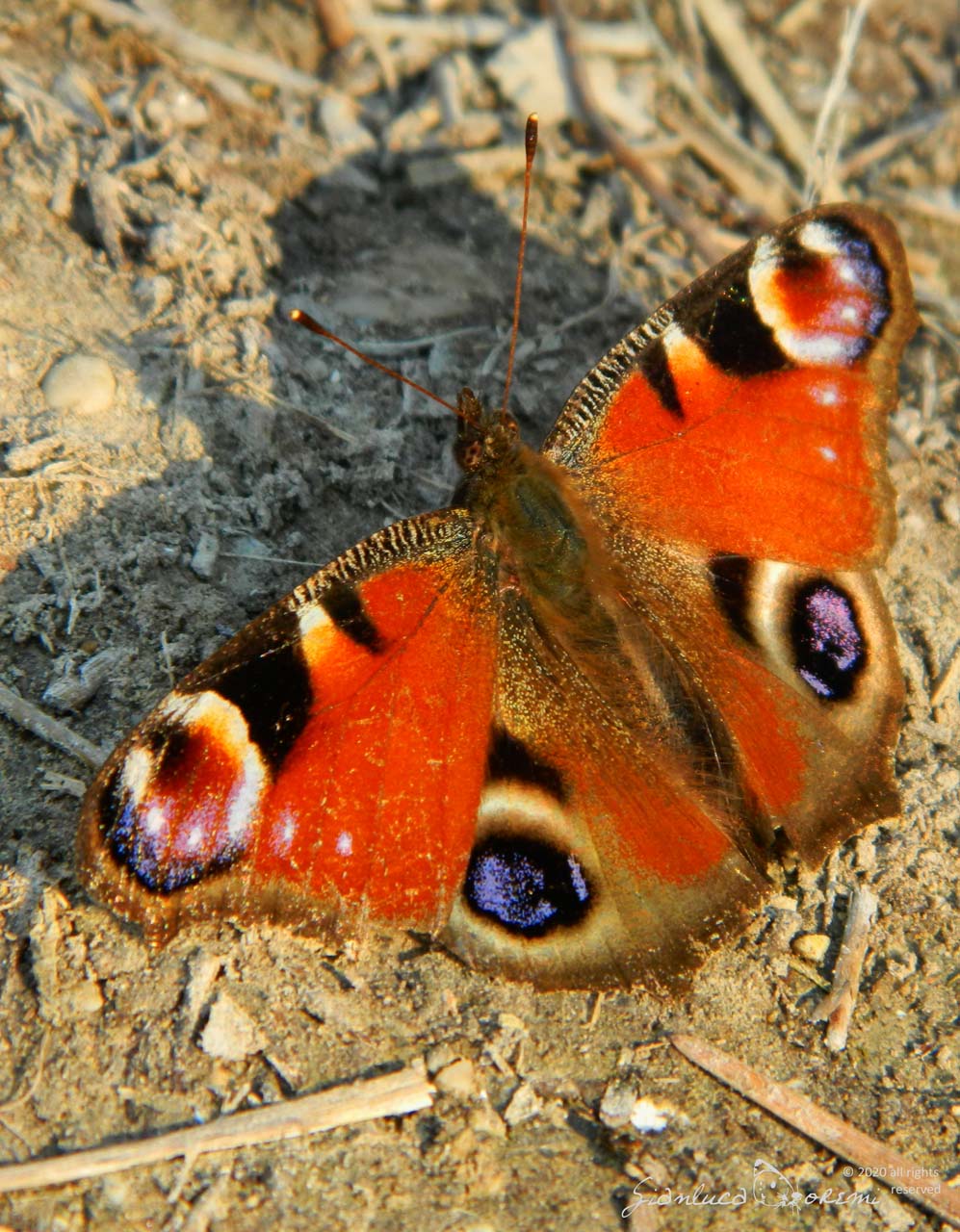
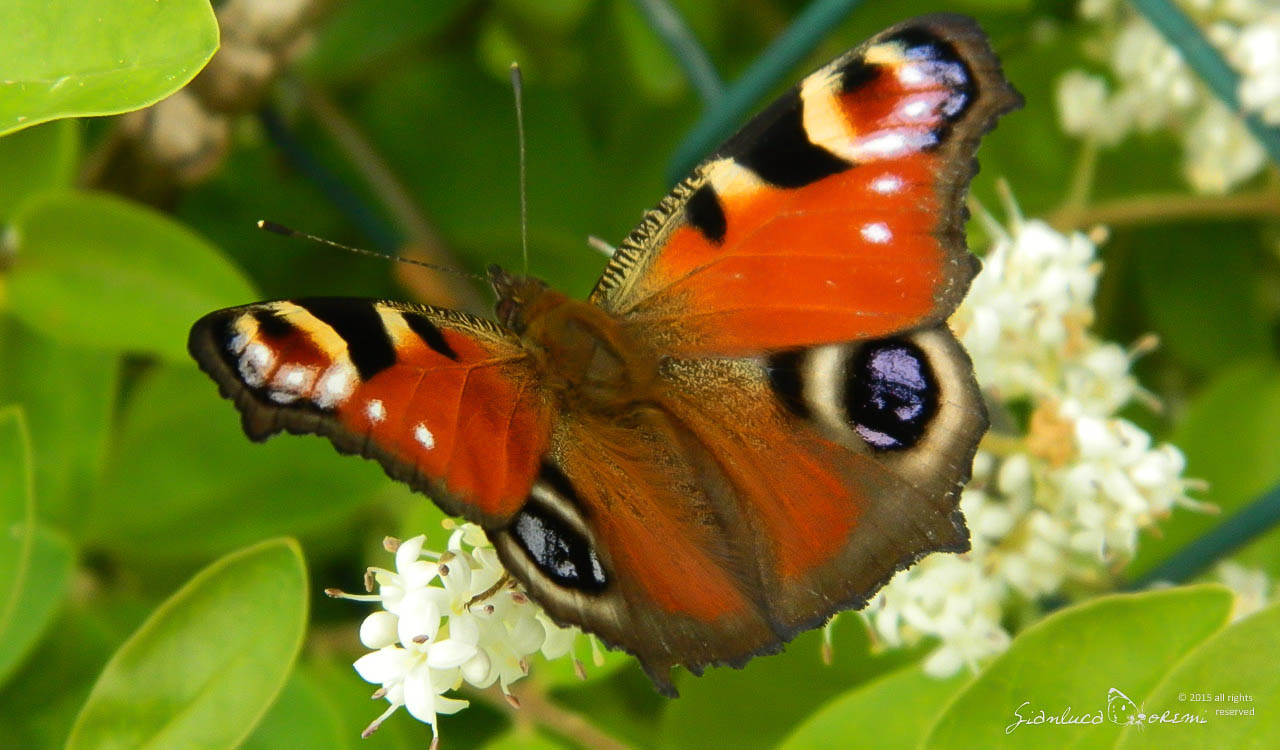
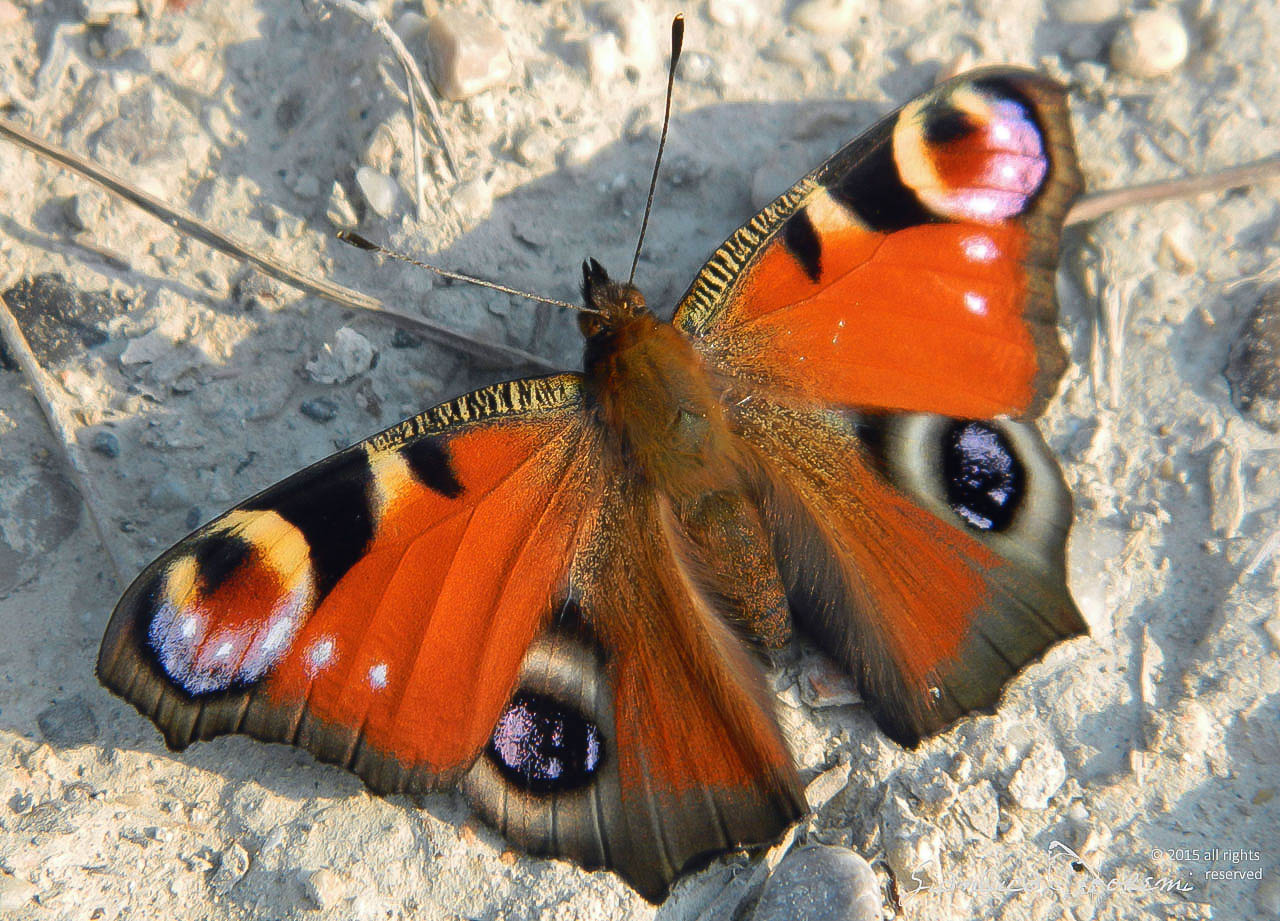
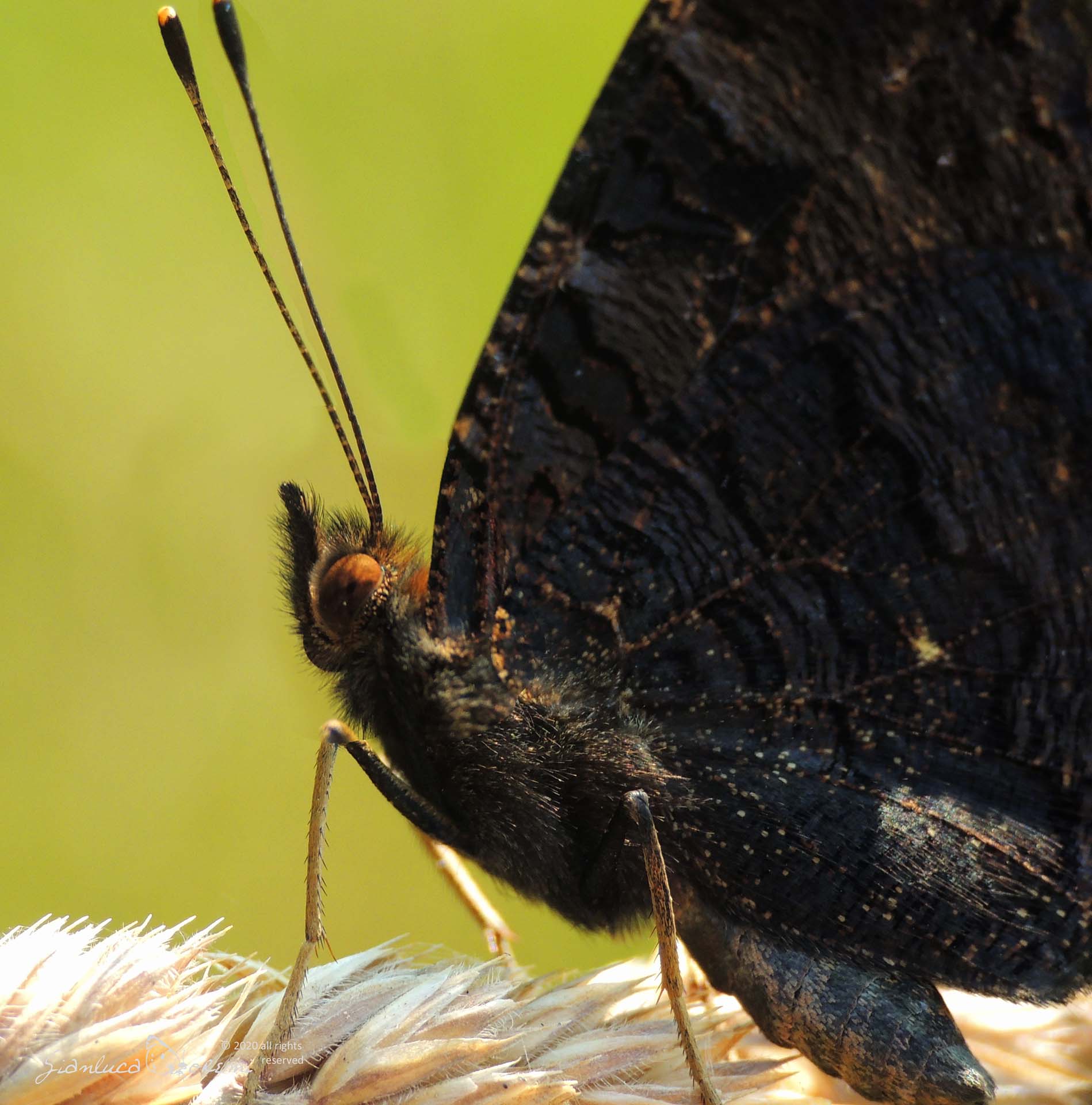
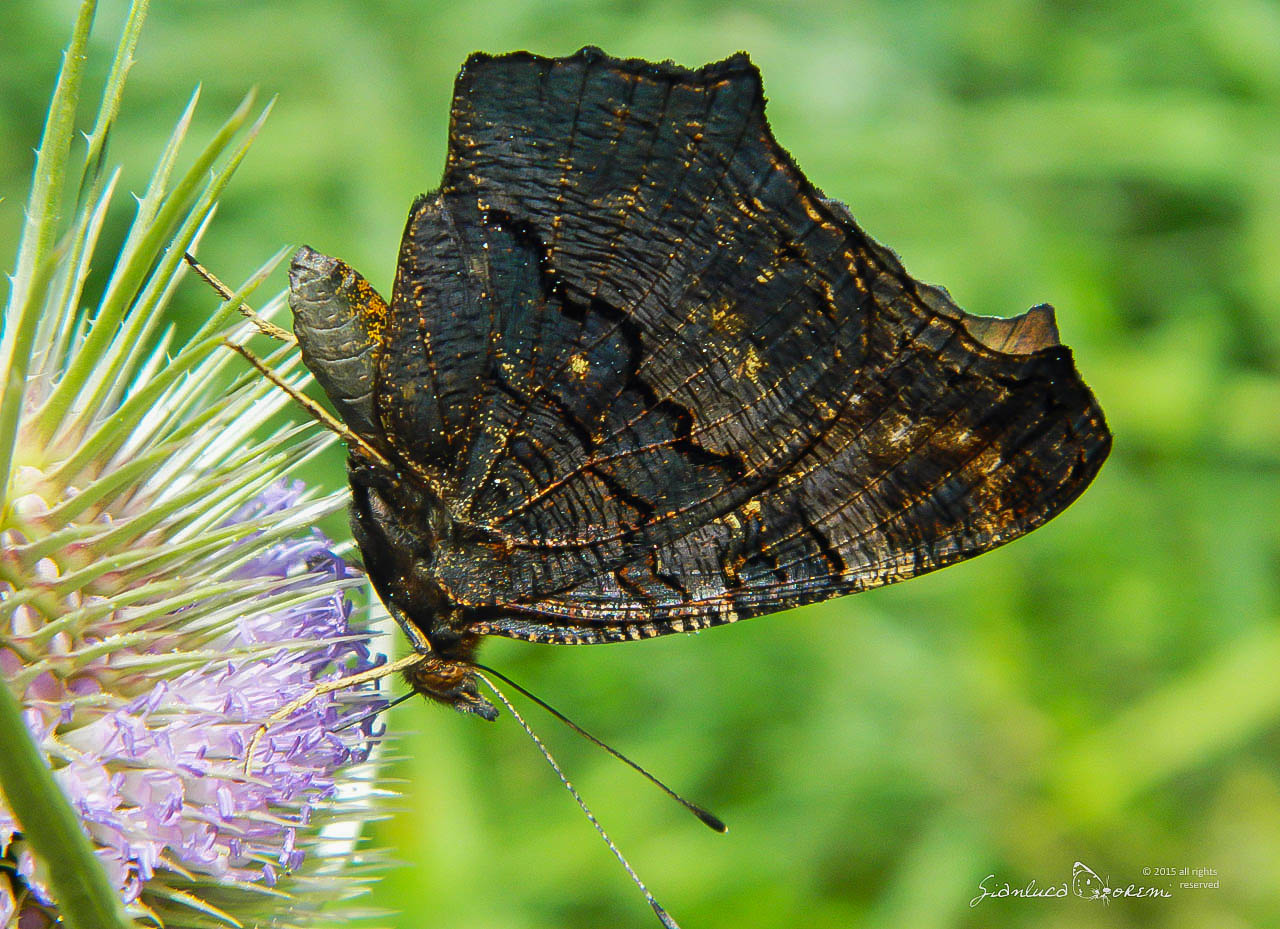
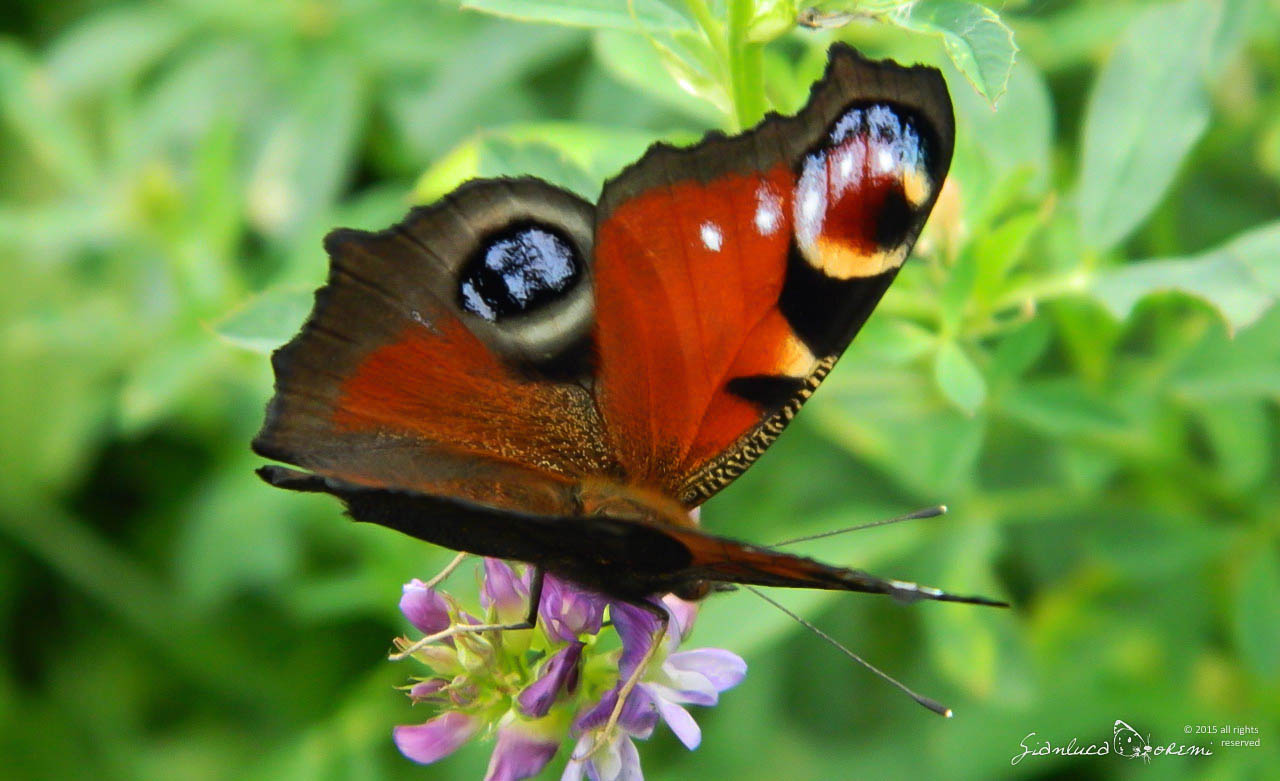
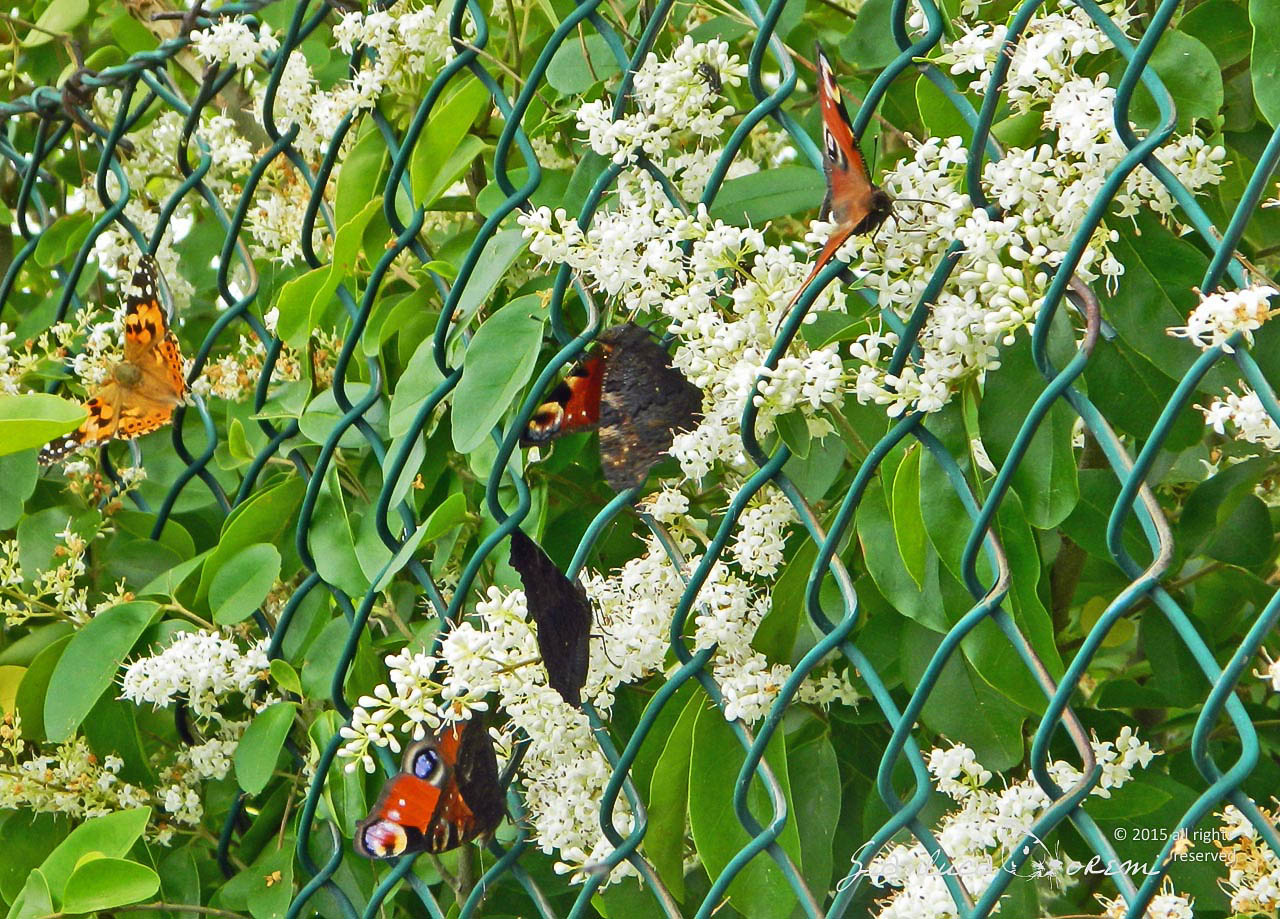
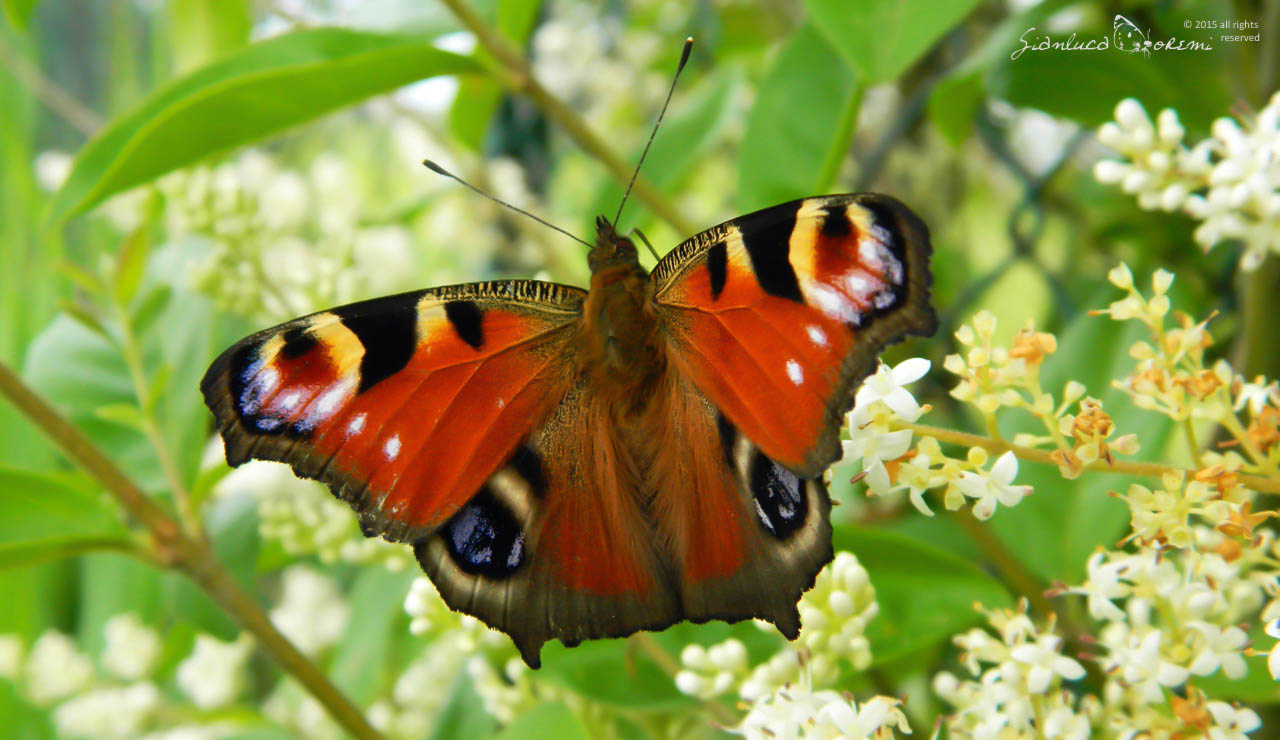
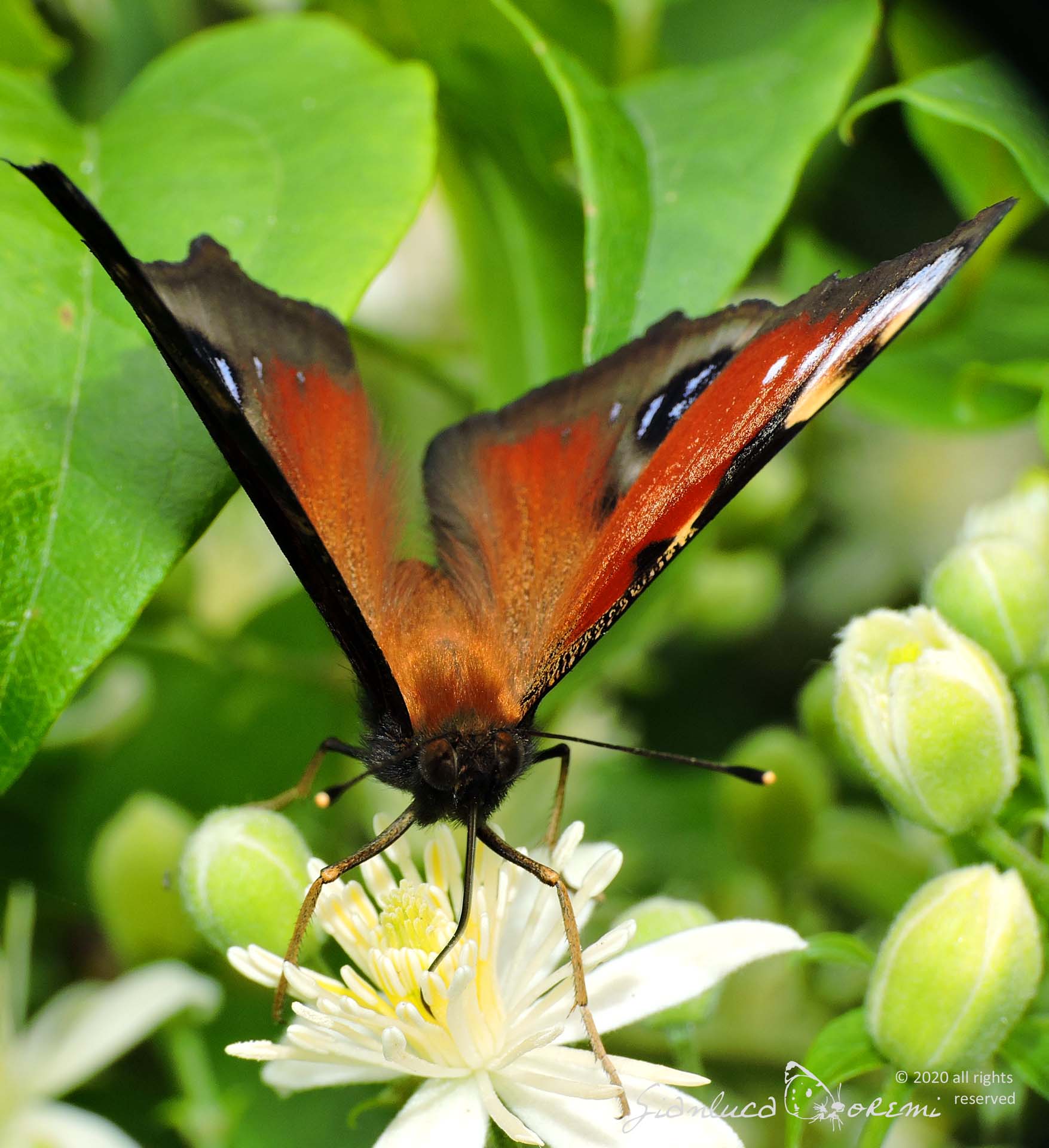
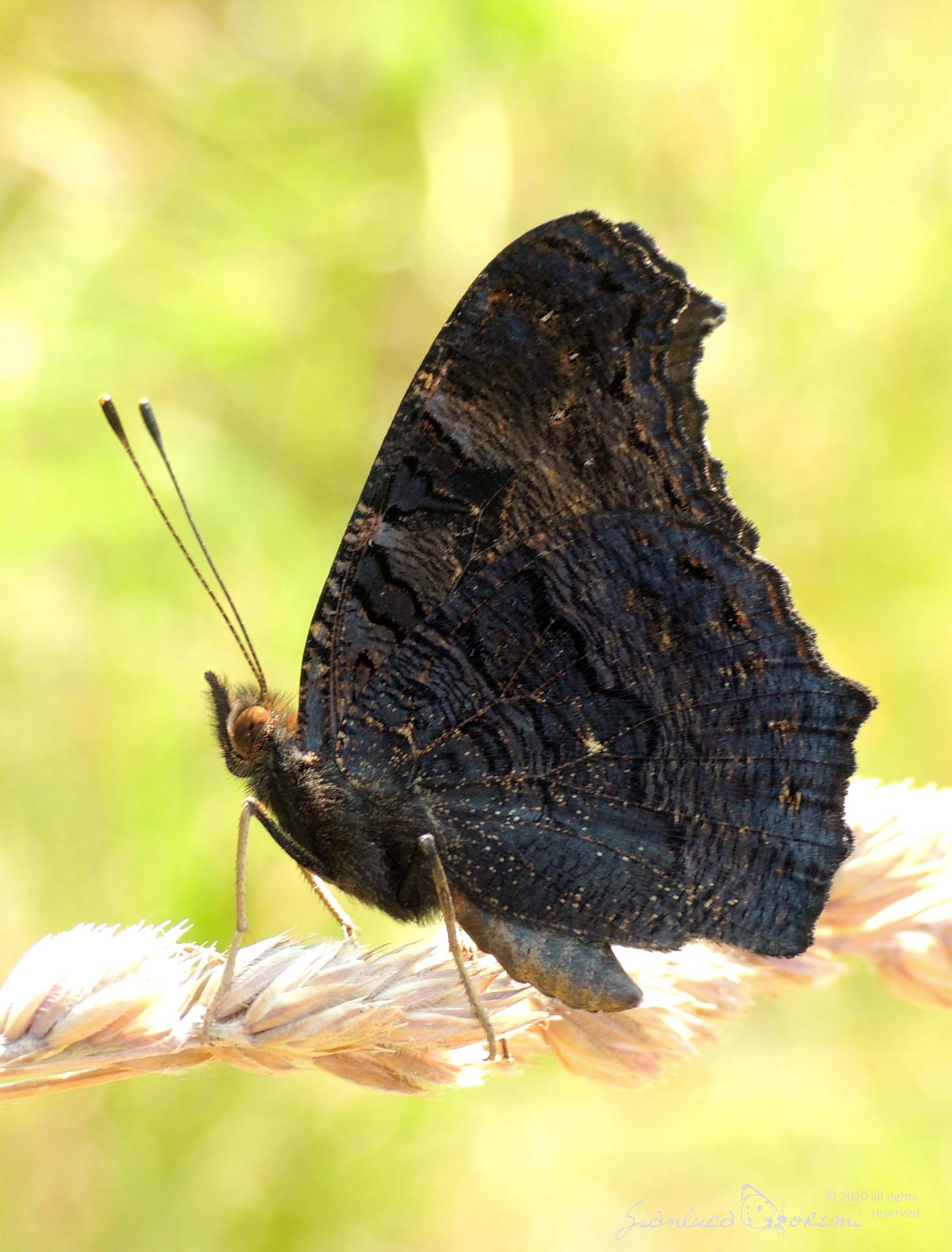
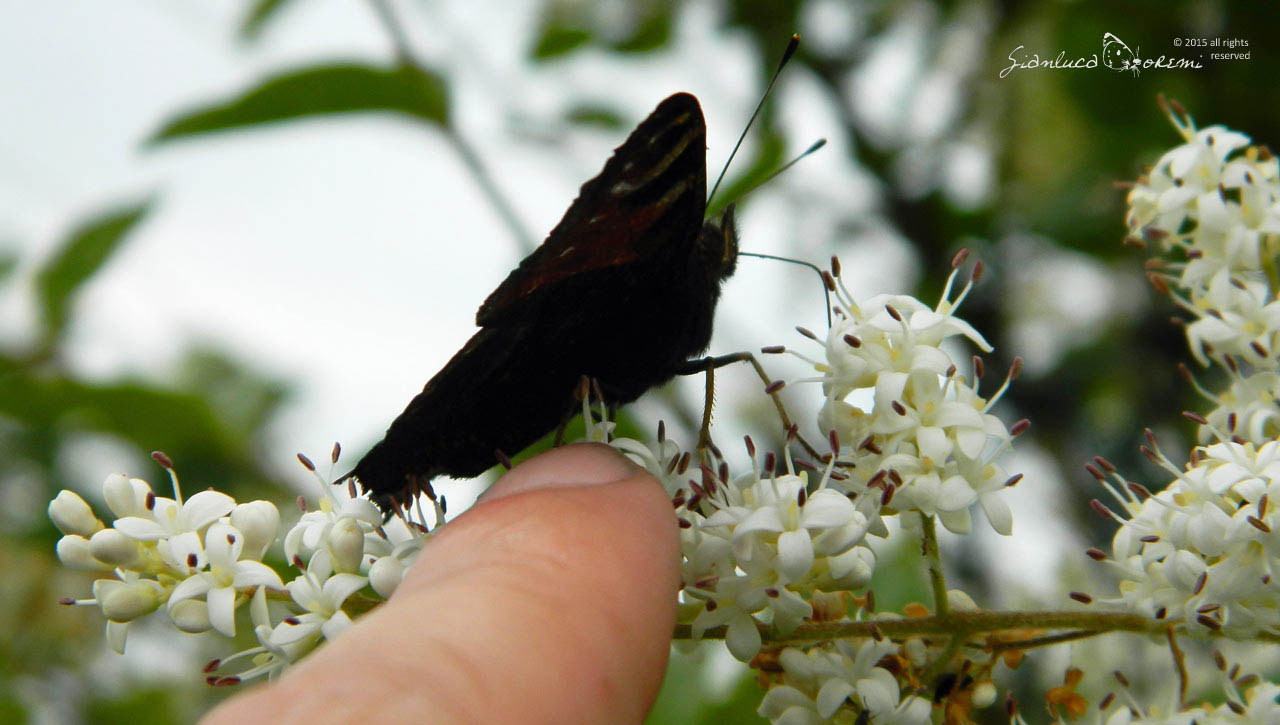
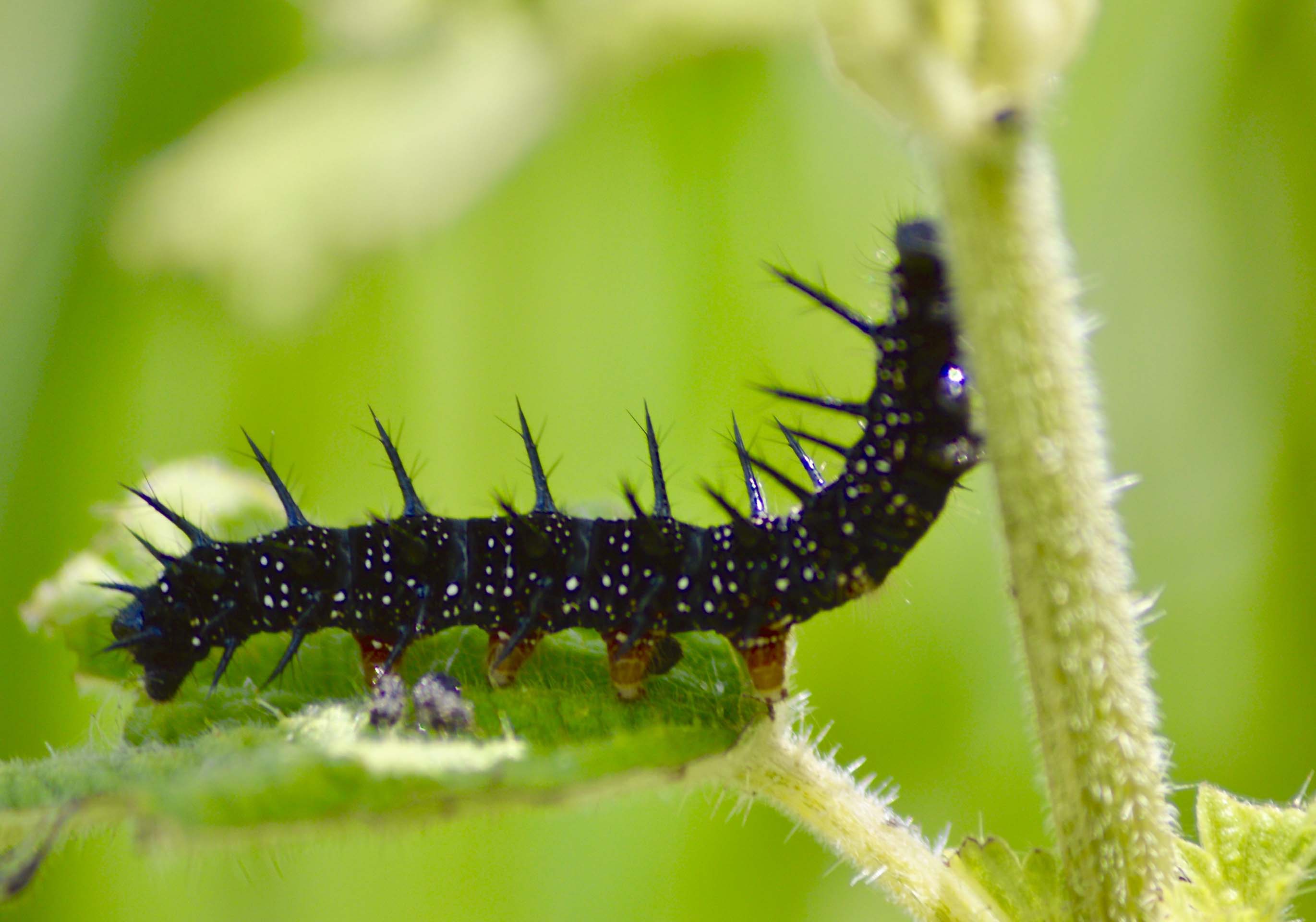
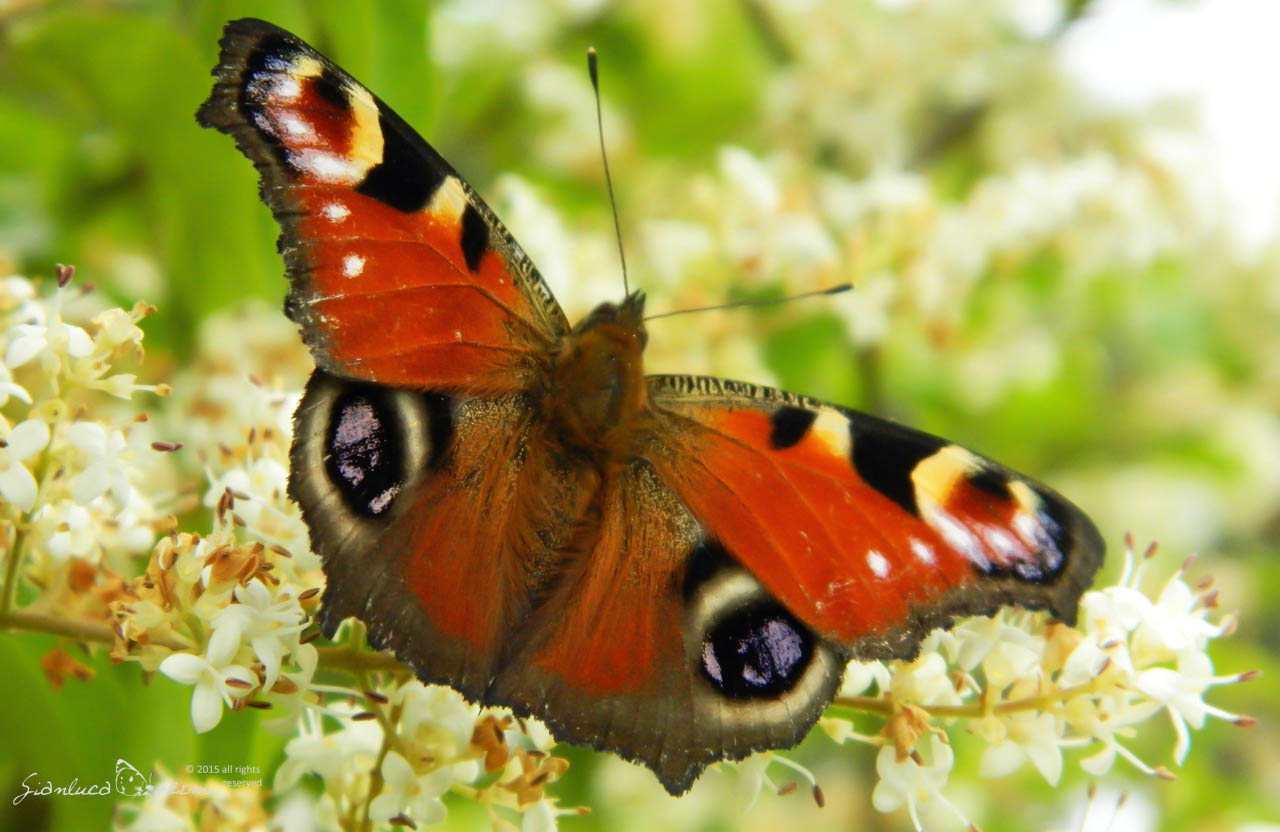
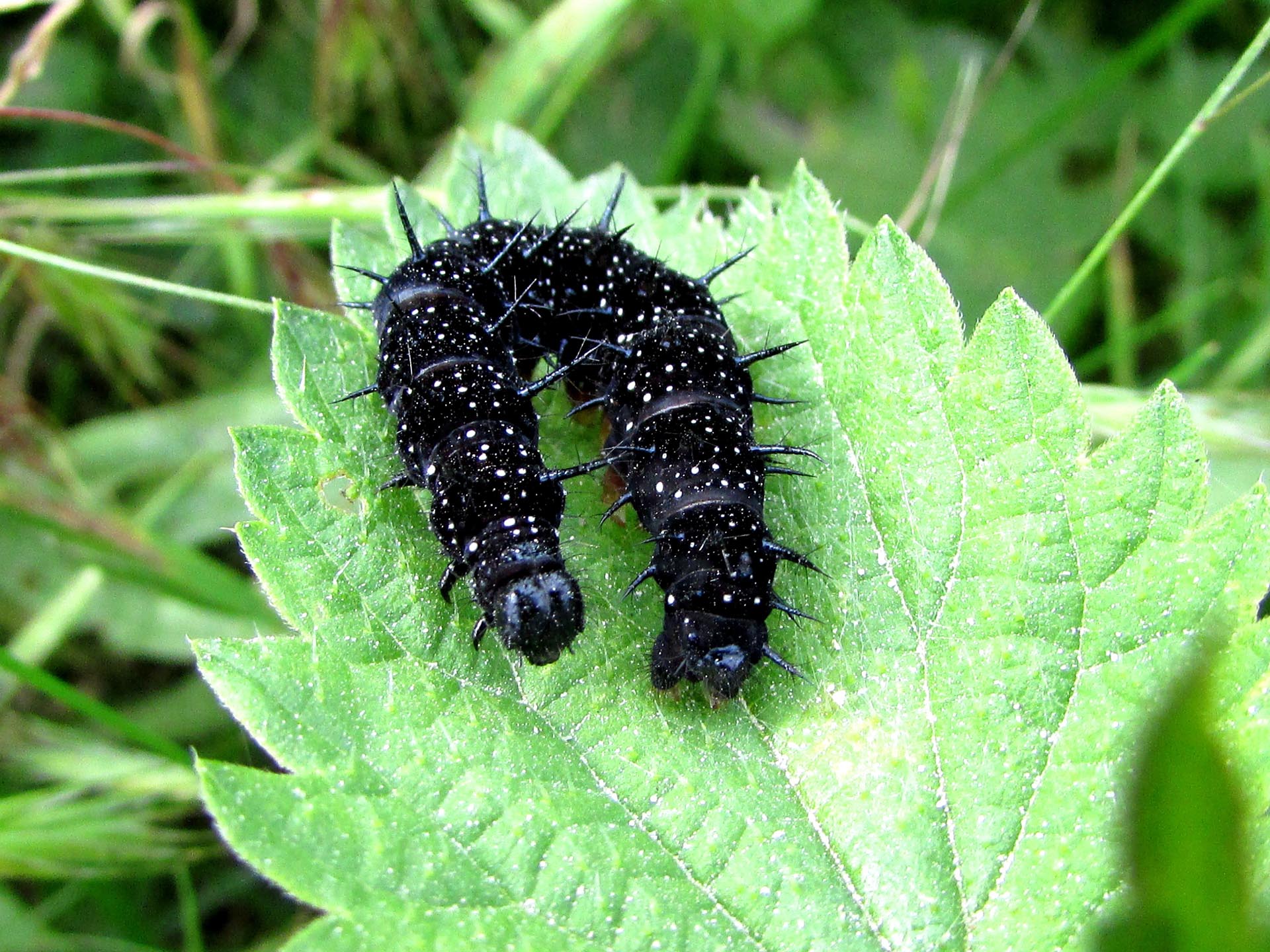
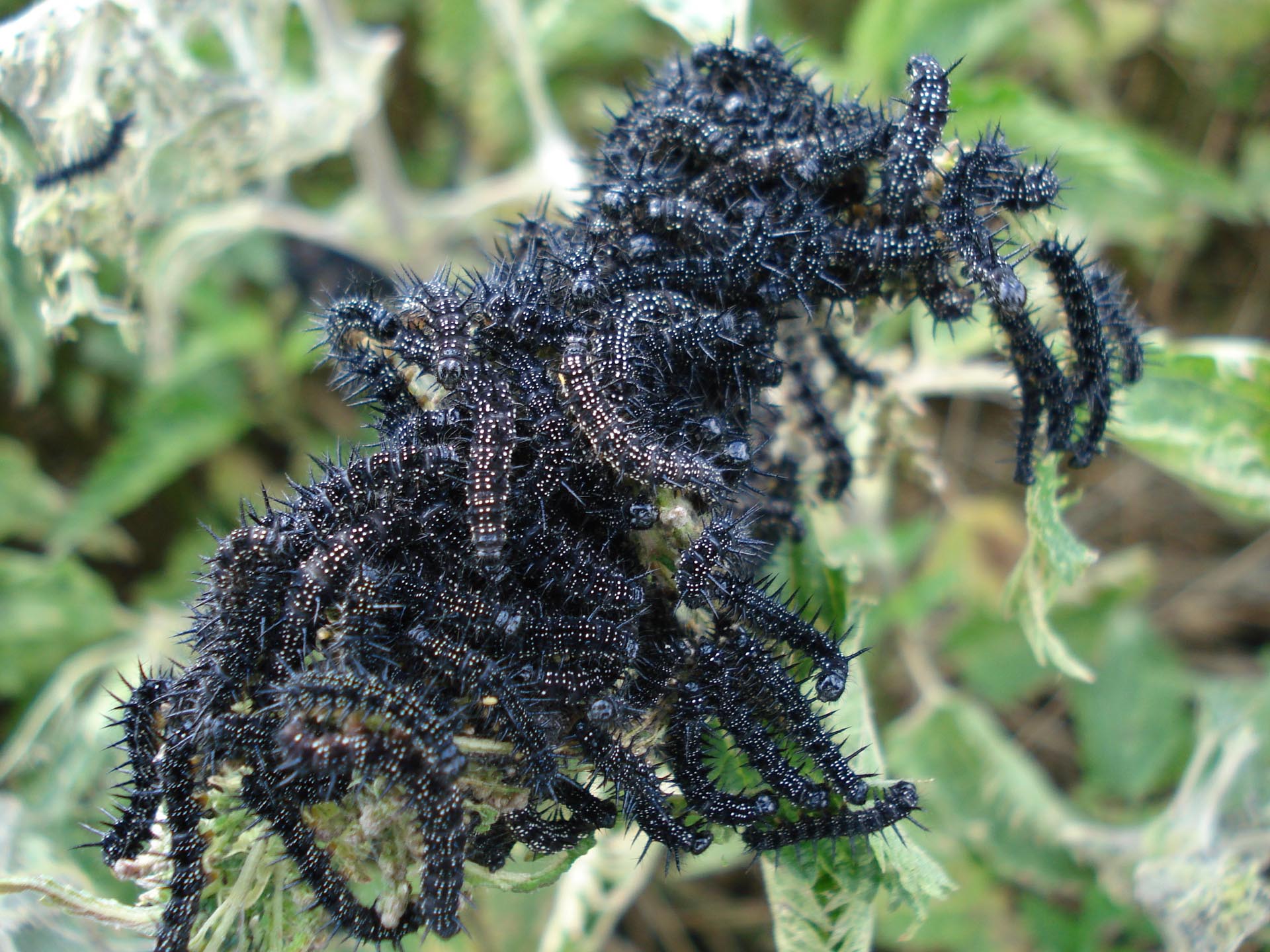

 EN
EN ITA
ITA
Social and publications